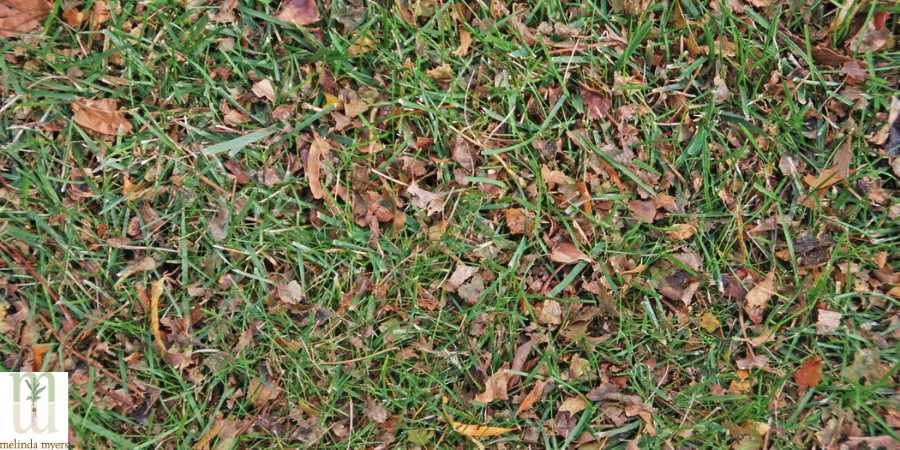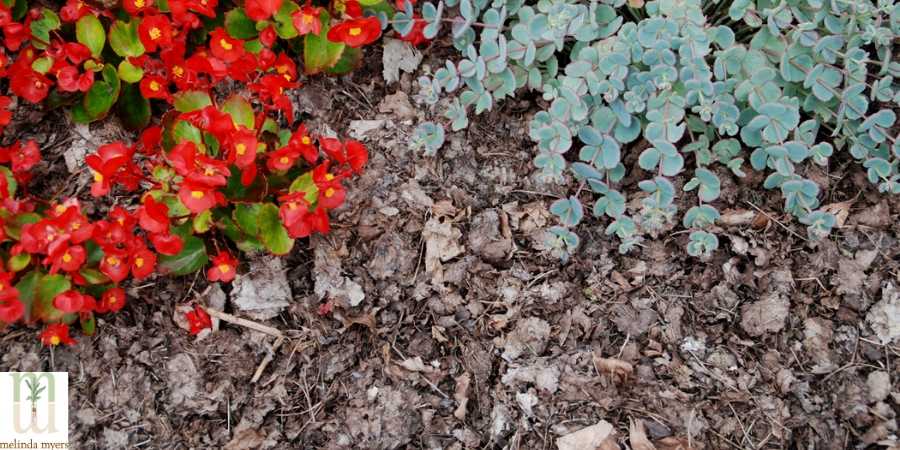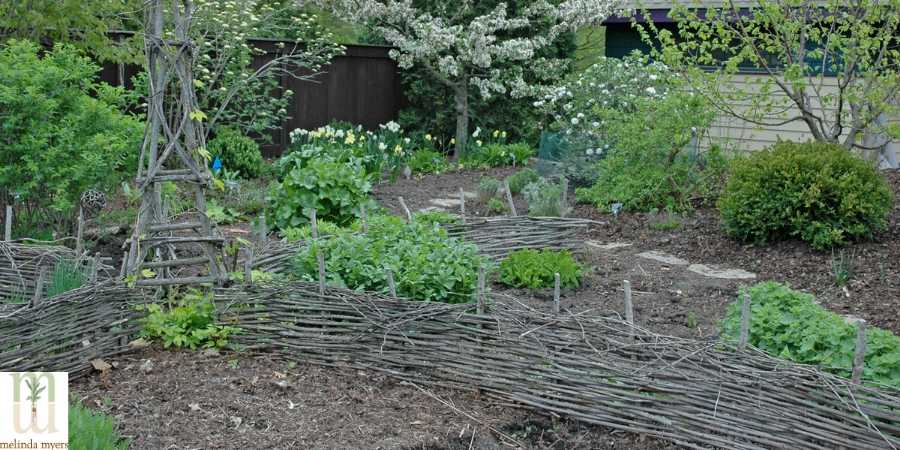5 Easy Ways to Recycle Yard Waste
- horticulturist and gardening expertApril 27, 2019
Don’t let your best garden additions end up in the landfill. Instead, convert yard waste into useful resources to help you grow a beautiful and productive garden. You’ll not only recycle these valuable resources back into your landscape you will also save time and money.
1. Leave grass clippings on the lawn.
Short clippings break down quickly adding nutrients, moisture and organic matter to the soil. One season of clippings left on the lawn is equal to one fertilizer application.
Mow over the piles of longer clippings several times to chop them into one inch or smaller pieces. Lightly rake, if needed, to spread these nutrient-rich clippings over a larger area of the lawn.
You’ll also minimize the negative impact of weedkillers or other lawn chemicals applied to the lawn by keeping them where they were applied. Sweep chemicals and lawn clippings off walks and drives to keep them out of the storm sewer.

This method also works for fall leaves. Chop them down to size as you cut the grass. As long as you can see the grass blades for the small leaf pieces your lawn will be fine. This certainly beats raking them and finding a way to dispose of them.
2. Use pesticide-free and weedkiller-free grass clippings, fall leaves and annual weeds that have not flowered or gone to seed as mulch in pathways and around plants.
These suppress weeds and conserve moisture. As they decompose they add nutrients and organic matter to the soil. Do not use perennial weeds or invasive plant that can take root and invade the area you are mulching.

Spread clippings in thin layers throughout the mowing season. Avoid thick layers of fresh clippings that can mold and smell. Like other organic mulches, these will break down and improve the soil.
This is the only time to put the bagger on your mower. Shred and collect fall leaves in the bag to make hauling them to the garden easier. Dig the leaves into vacant and new gardens in the fall or spread them over the soil surface as mulch.
3. Convert tree and shrub trimmings into mulch.
Join forces with your neighbor and rent a chipper for the weekend. Everyone can chip their woody debris into useful mulch for paths, shrub borders and around your trees. You’ll get to know your neighbors and no one has to maintain and store this equipment.
If you are looking for an excuse to invest in a chipper you now have a reason. You will be creating your own mulch, helping your neighbors, and recycling this valuable resource.
4. Put branches and twigs to work in your gardens.
Turn large branches into teepee trellises for pole beans, cardinal vine, and other twining plants. Use smaller branches and twigs to support peas and secure perennials that tend to flop. Weave the twigs amongst the plant stems to mask their presence and maintain a natural appearance.

Edge beds and pathways with logs and branches for a natural look. Set short sections of logs upright along paths or around gardens. Vary heights for added interest. Use a single or multiple layers of branches for a natural look.
Make a wattle fence from stout and pliable branches. Cut the stakes to a length equal to the desired height plus the length to be sunk into the ground. Pound the stakes into the ground about 1 1/2 to 2 feet apart on straight stretches and about every foot along curved edges. Weave the pliable branches through the upright stakes. Repeat creating a basket weave pattern
5. Make your own compost from landscape trimmings.
Use fall leaves, plant-based kitchen scraps and other insect- and disease-free plant material. Do not include weeds that have gone to seed, perennial weeds, or invasive plants. Most of us do not generate high enough temperatures in our compost piles to kill weed seeds and pests. Leave out meat, dairy, fat and any animal by products that can attract rodents.
The pile compost method involves layering nitrogen-rich plant waste like kitchen scraps and grass clipping with carbon-rich materials like fall leaves and straw. Create an 8 to 12” layer of this mixture, top with an inch of compost and sprinkle 3 cups of Milorganite over this layer. The nitrogen and 85% organic filler help feed the microorganisms that break down the raw materials into compost. Build a pile at least 3’ x 3’ for quicker results. Moisten to the consistency of a damp sponge and turn occasionally to further speed up the process.
Use pathways between gardens for sheet composting. This method mimics what happens in nature. Spread compostable plant trimmings in the pathways. As you walk across the path you help break these down and speed decomposition. They also serve as a mulch helping conserve moisture and suppress weeds until they break down and improve the soil.
Enlist trench composting if space is limited or the other two methods don’t fit your gardening style. Bury plant-based kitchen scraps and plant debris in a hole or trench at least 12 inches deep. Dig a hole, toss in the plant scraps and cover with soil. Or dig a trench between rows of annual flowers and vegetables. Start at one end of the trench, adding compostables and covering with soil throughout the season.
And be sure to keep it green and recycle your Milorganite bags. The bag is made from recycled plastic and can be recycled if your local recycling program allows it.
Putting yard waste to work in your landscape will help you grow a healthy and productive garden and save money spent on mulch and soil amendments. Recycling these resources in place keeps them out of the landfill and working in your garden.

